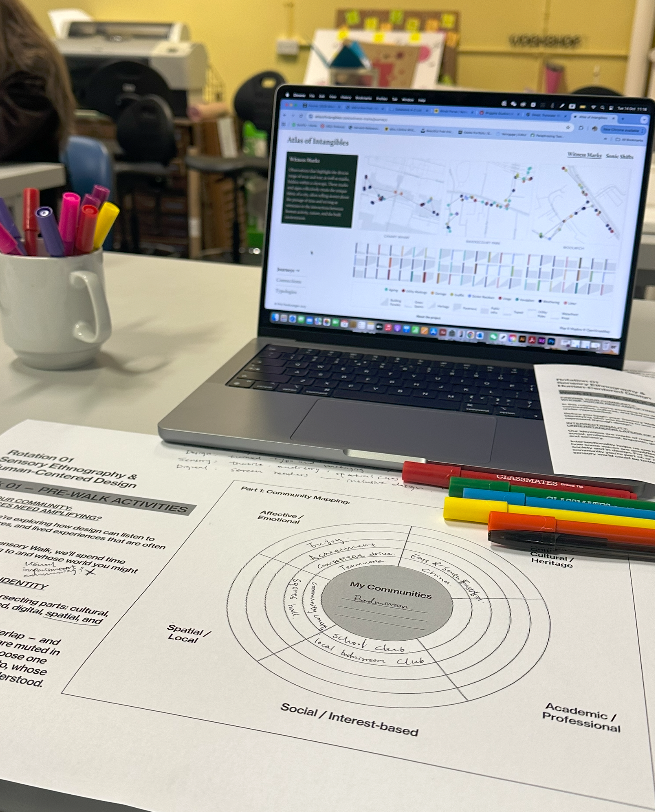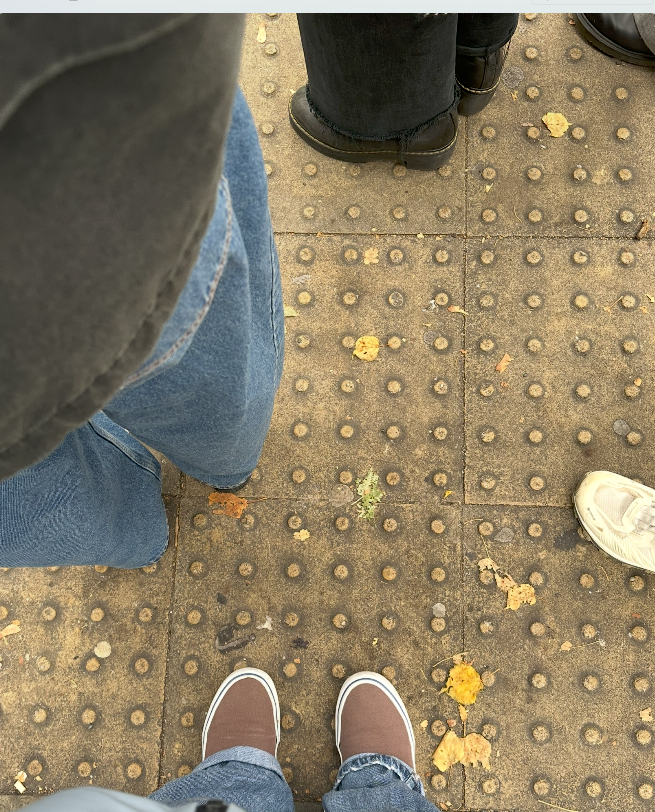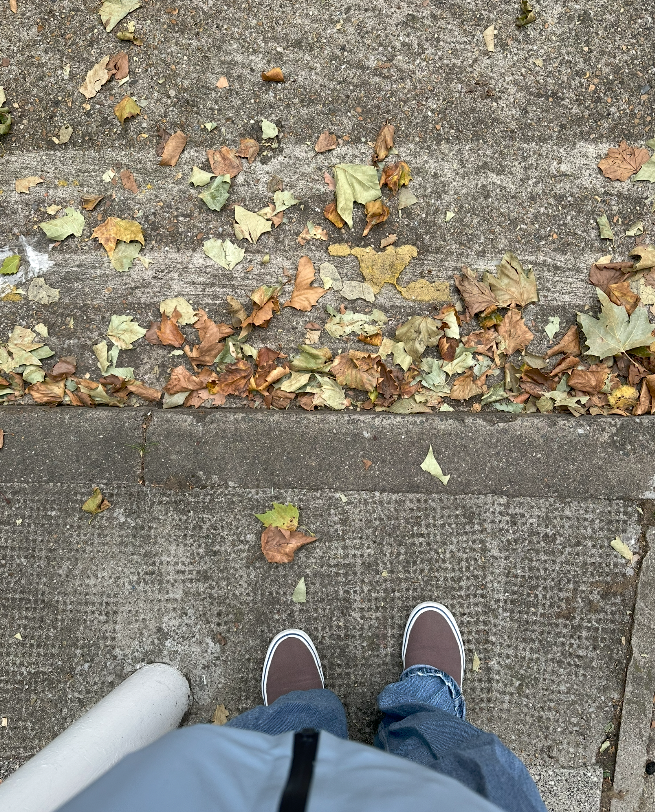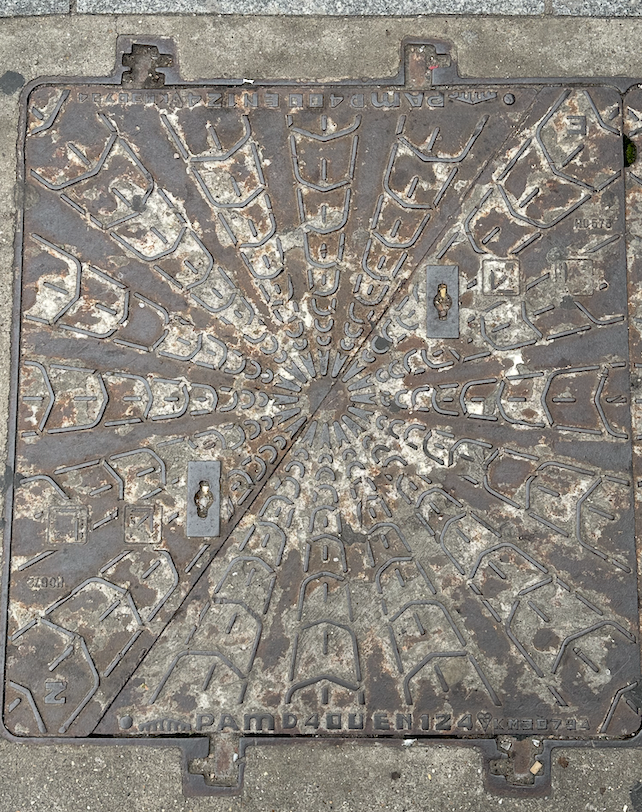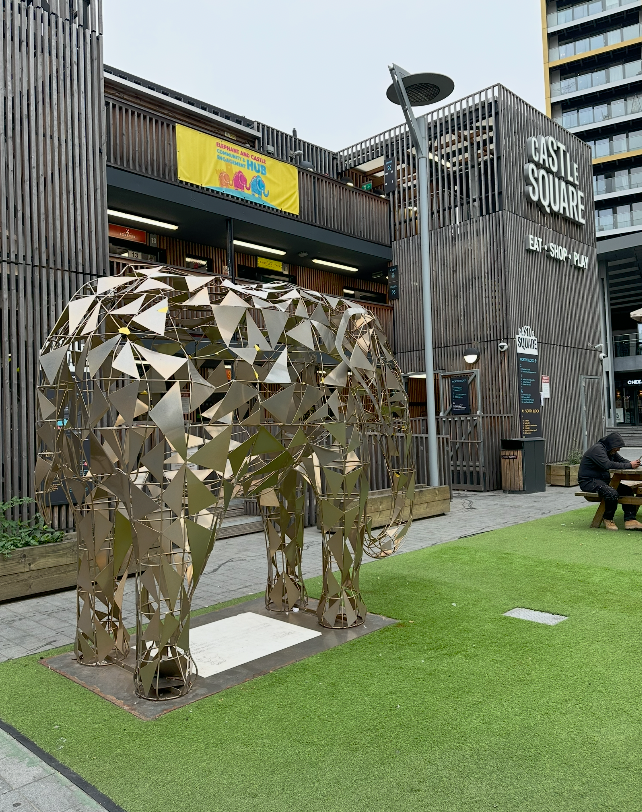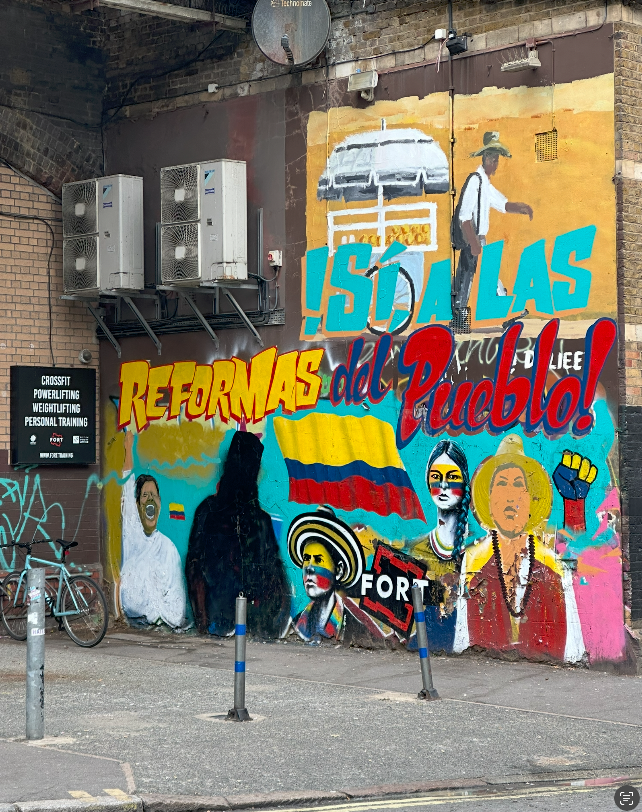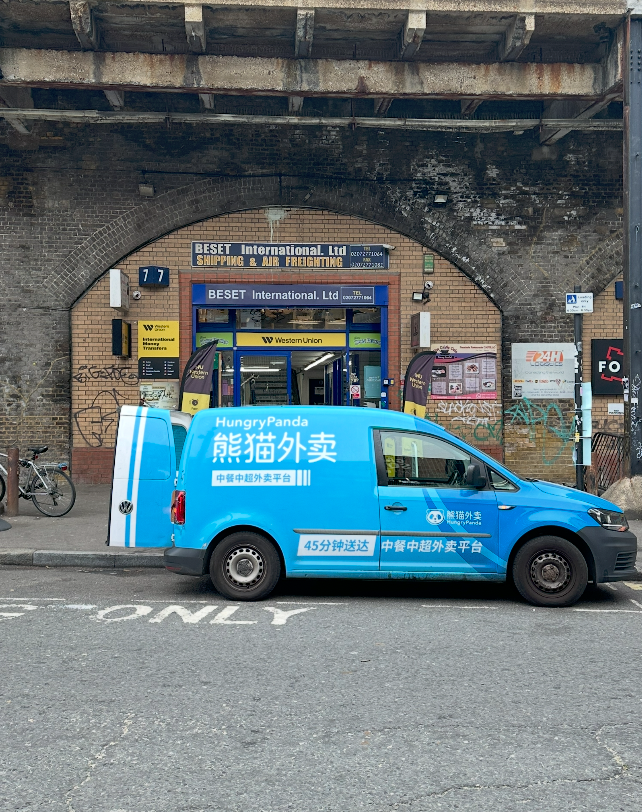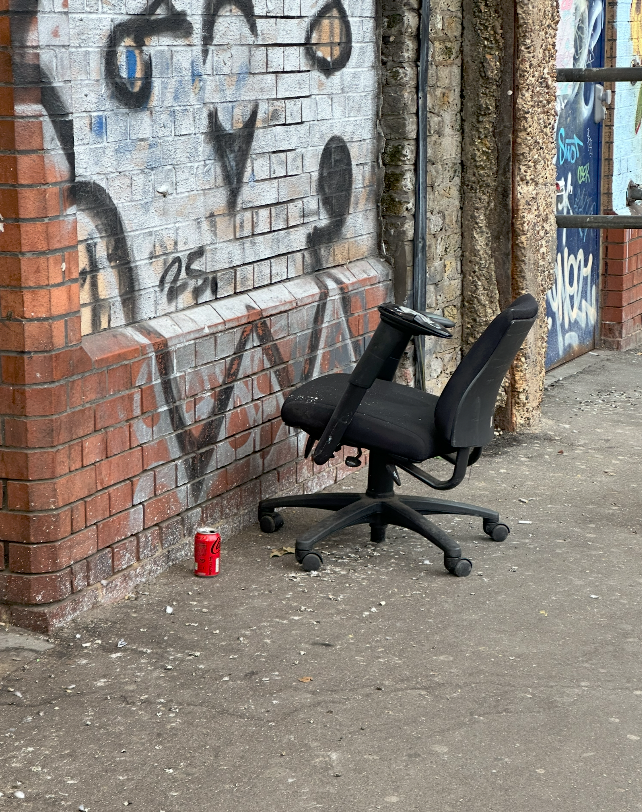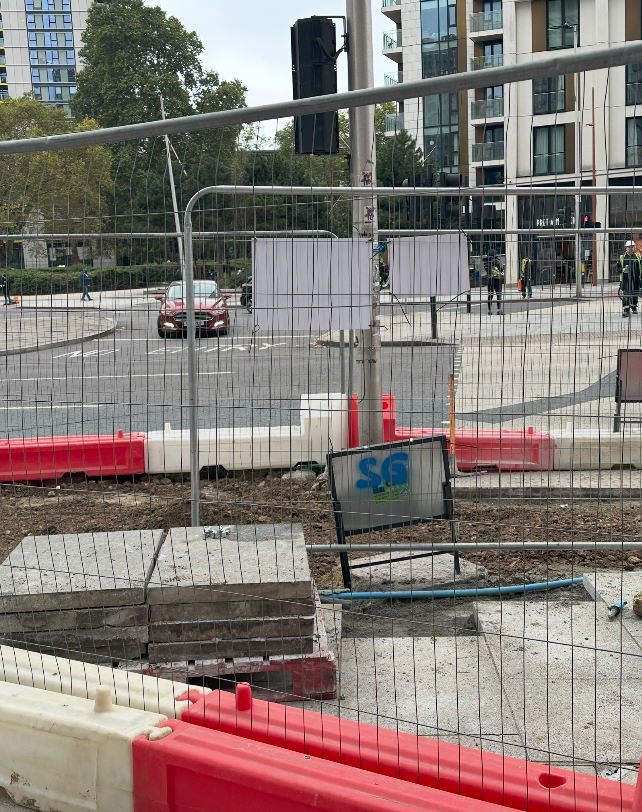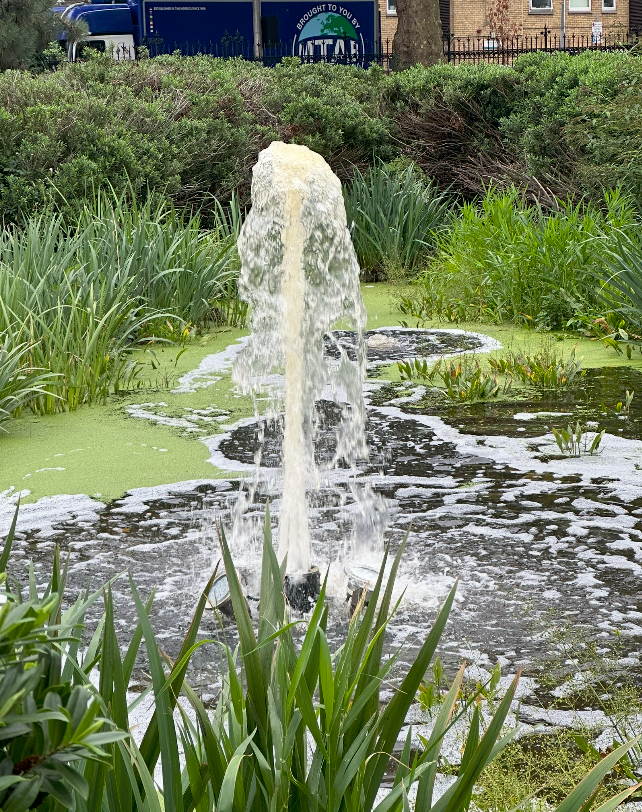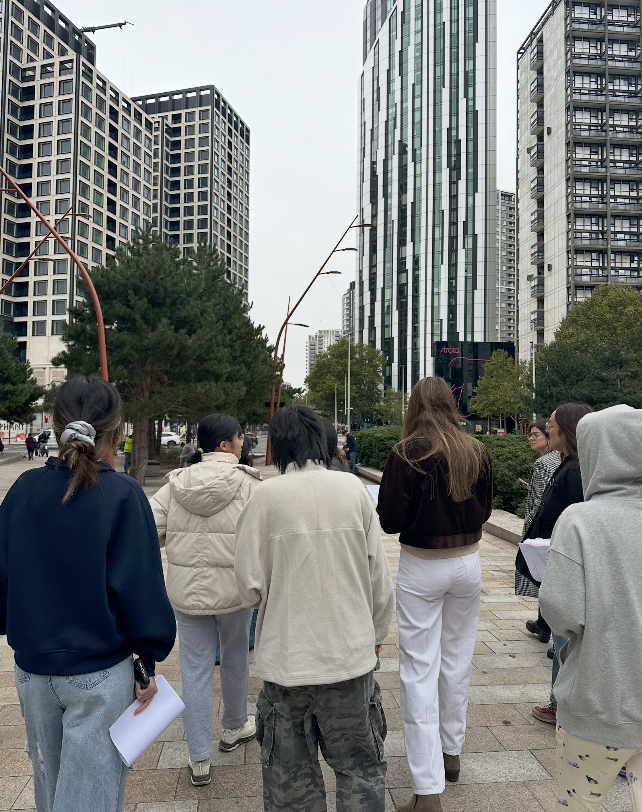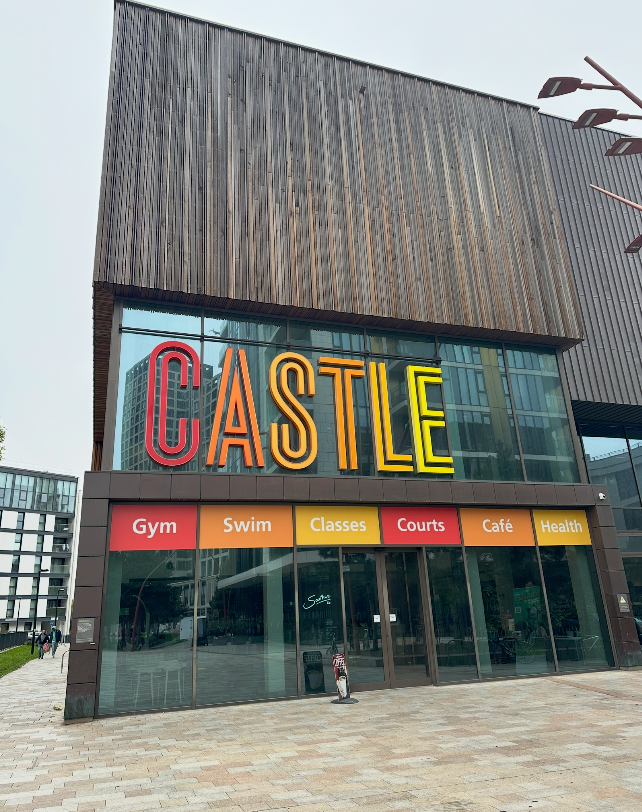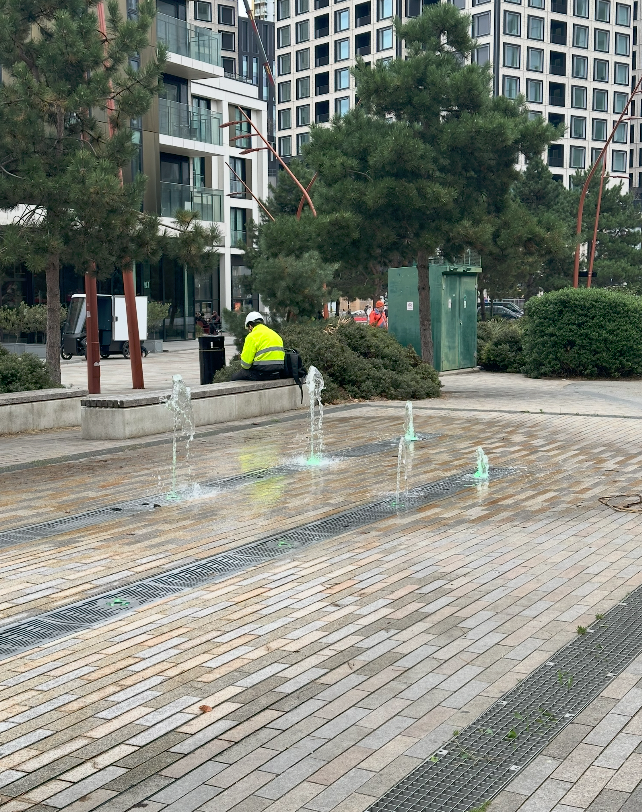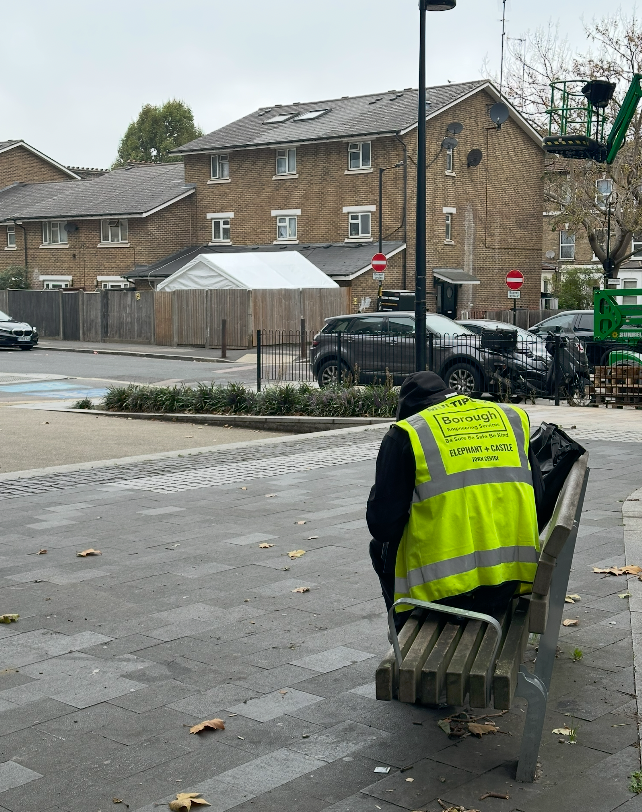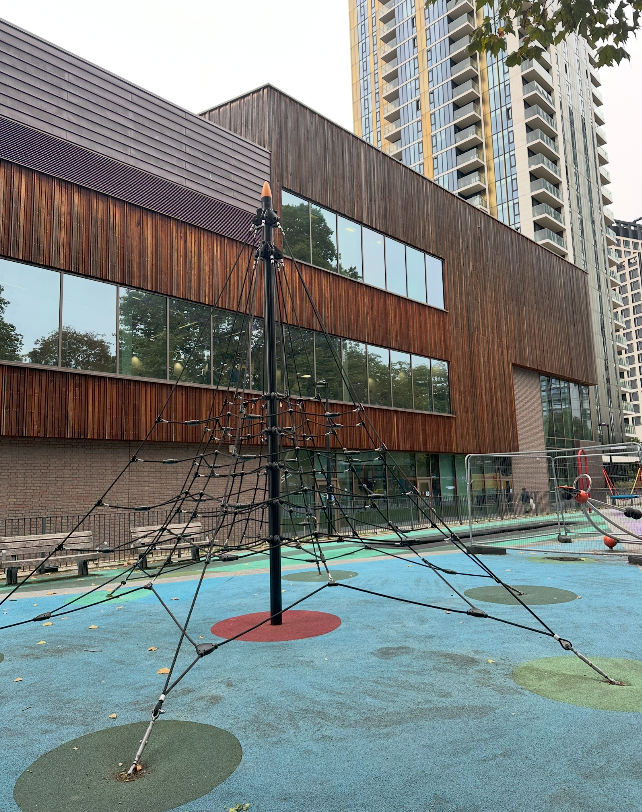Sensing Belonging: The LSBU Badminton Community
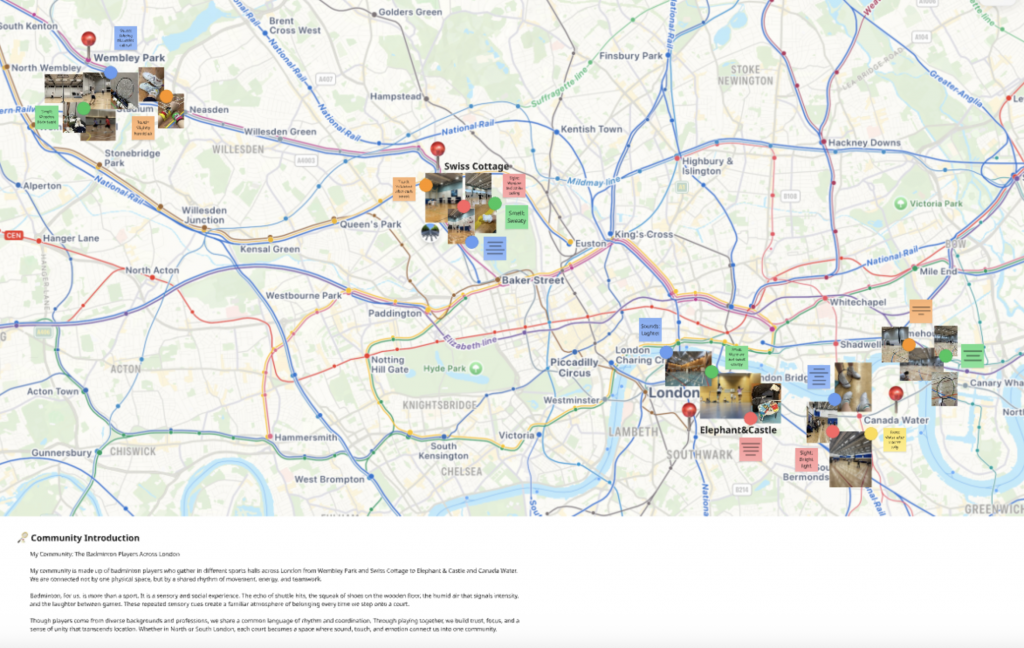
My chosen community is the badminton community, which I belong to both culturally and socially. It connects to my emotional well-being, cultural background, and creative curiosity. Through this project, I explore how the sensory experience of badminton — sound, rhythm, motion, and teamwork — can be understood through design. It’s a community that unites people across languages and identities through shared energy and play.
At the beginning, my community mapping covered four different areas in London Wembley Park, Swiss Cottage, Elephant & Castle, and Canada Water where I joined various badminton clubs using an app over the past two years. These clubs weren’t connected by a single location, but by a shared rhythm and energy that bonded players through play.
After the Thursday feedback session, I decided to narrow my focus to the LSBU Sports Hall, a place I visit most frequently. This helped me go deeper into sensory observation and analyse how design can express the feeling of belonging through motion and sound.
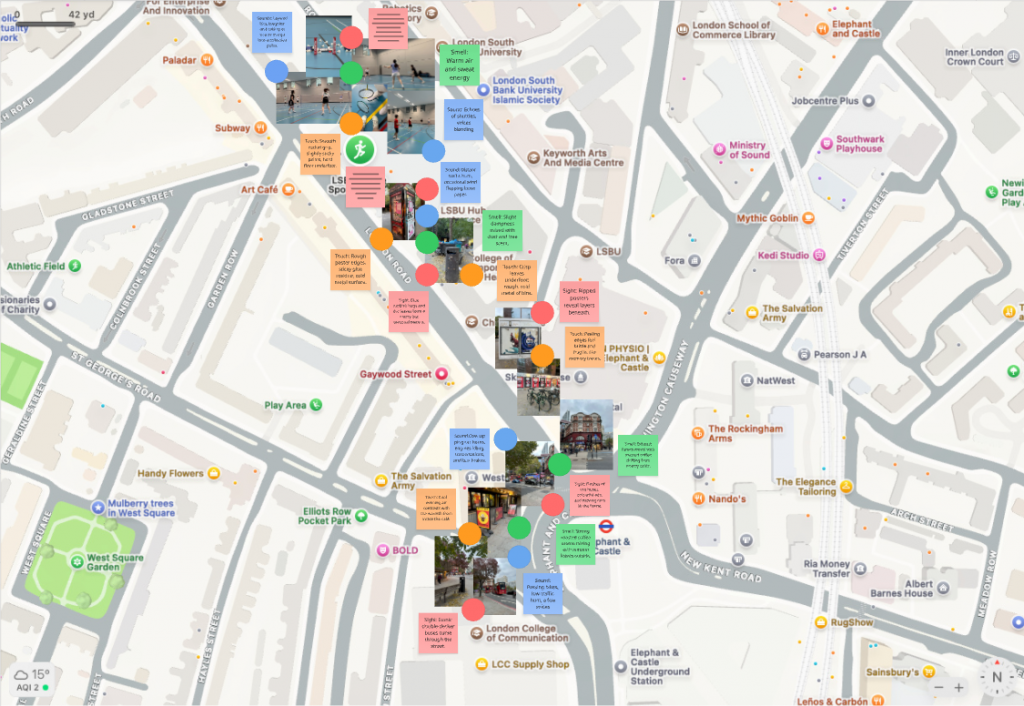
Revised Mapping: LSBU Sports Hall
The LSBU Sports Hall feels compact and enclosed, amplifying every sound and movement. The crisp impact between the shuttlecock and racket becomes a rhythmic cue a language of motion that every player can understand.
When I play, I can almost “hear” the style of my opponent before I see it. The echo of shuttles, shoes sliding, and voices merging create a soundscape that feels both competitive and comforting.
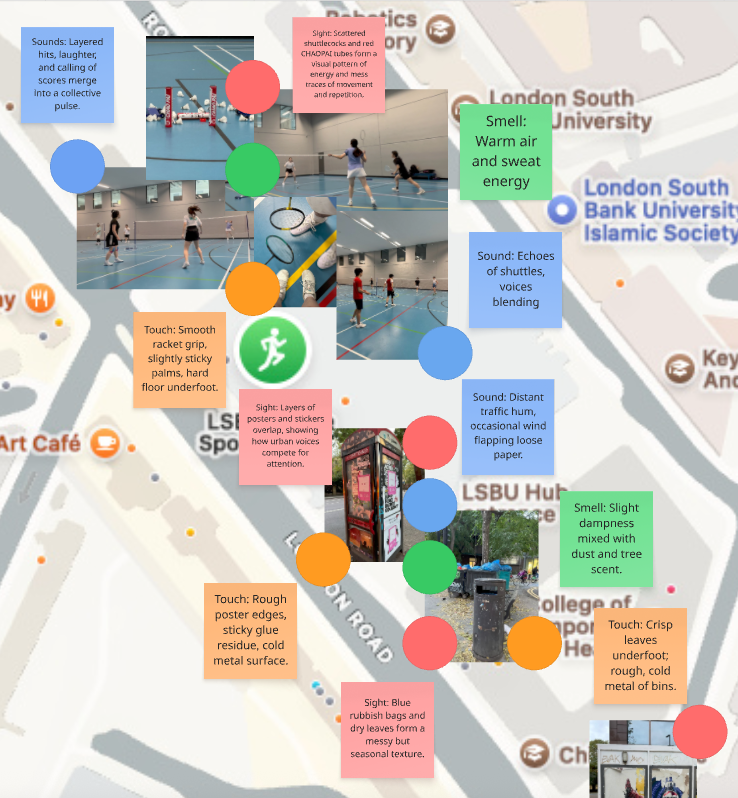
My new mapping focuses on sensory impressions:
- Sound: Layered hits and shouts merge into a rhythmic pulse.
- Touch: Smooth racket grip, sticky palms, and the solid bounce of the floor.
- Sight: Scattered shuttlecocks and red Chao Pai tubes visualise energy and repetition.
- Smell: Warm air and sweat a mix of effort and community.
Together, these sensations form an embodied experience of focus and connection.
These sensory layers together describe how badminton embodies community not through words, but through rhythm, energy, and shared focus.
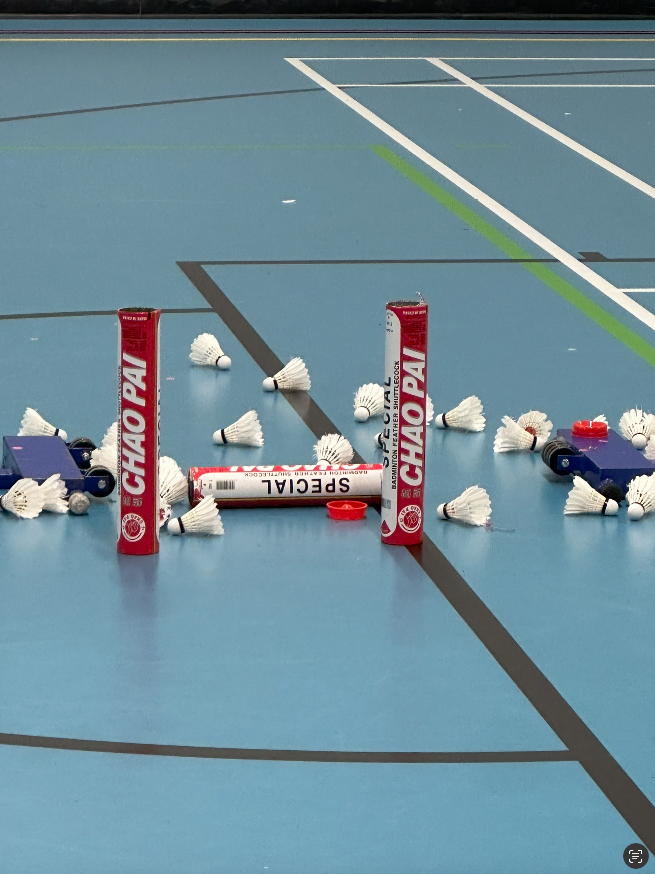
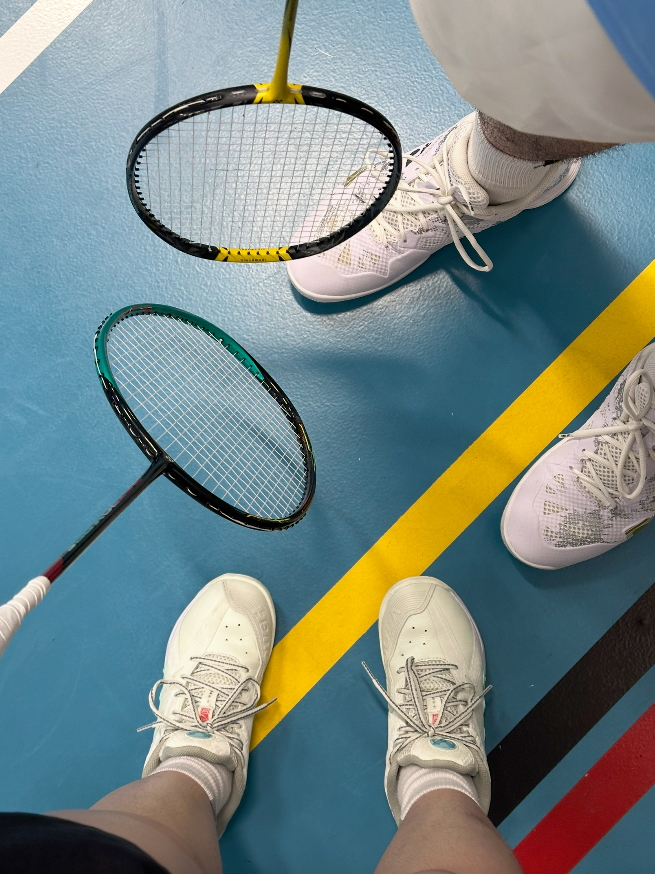
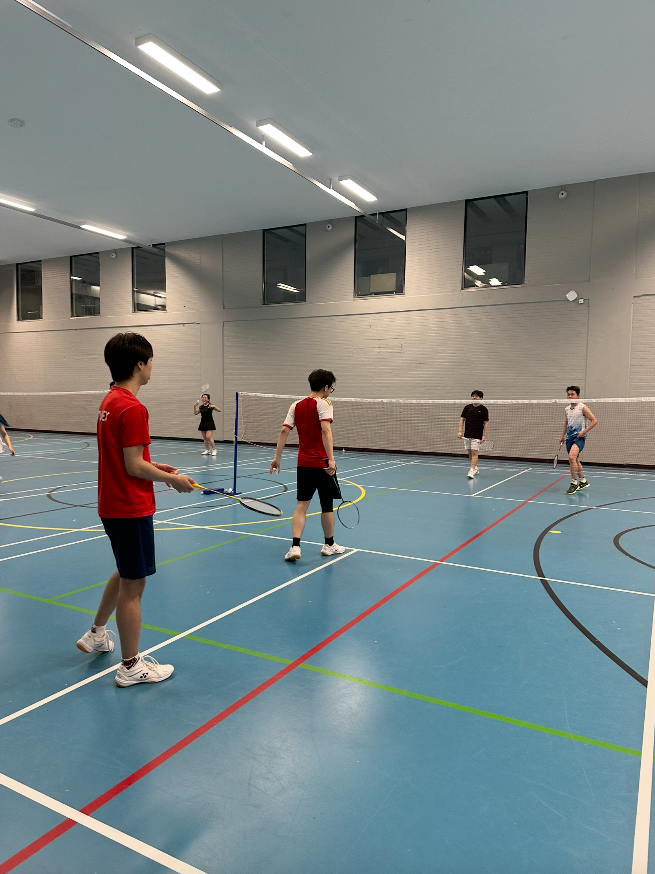
Community Perception
I usually join three different badminton clubs each week:
- Monday: International group, organised by a foreign host.
- Thursday: Club run by Chinese players at LSBU.
- Sunday: A Chinese community club.
Each group has its own rhythm Monday feels more social and mixed, Thursday more intense and skill-focused, and Sunday more familiar and culturally connected.
For me, as a foreigner living in London, these sessions are not only about sport but also about finding emotional belonging. The sound of the shuttlecock, the laughter, and even the friendly competitiveness remind me of home.ural on Mondays to more structured and familiar on Sundays.
Pain Point
Although badminton connects people through shared play, the sense of belonging can still fluctuate.
Sometimes, I feel fully part of the community through rhythm, teamwork, and mutual understanding without words.
Other times, I feel slightly distanced not because of language barriers, but because of the transient nature of city communities where people come and go quickly.
Reflection
At first, I misunderstood what sensory ethnography meant I focused too much on visuals and not enough on human experience. After receiving feedback, I realised that I needed to observe how emotions and senses construct belonging.
This project helped me understand that my badminton community is not defined by space, but by movement, rhythm, and social energy.
